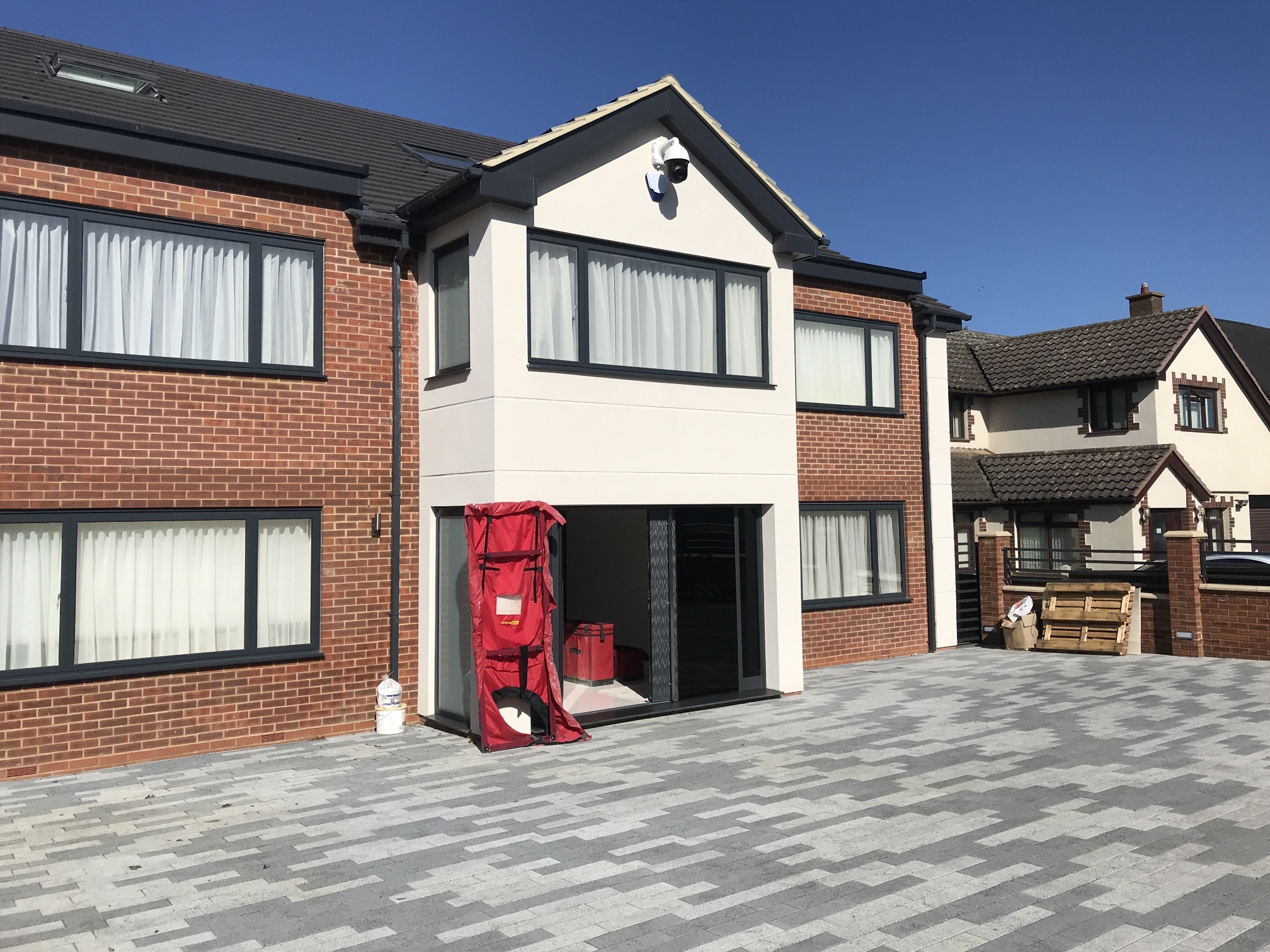A thermal bridge (sometimes referred to as thermal bridging, a cold bridge or thermal bypass) describes a situation in a building where there is a direct link between inside and outside via one or more thermally conductive elements than the rest of the building envelope.
This will result in unnecessary heat transfer across this component, its internal surface temperature may vary from other, better insulated internal surfaces, and condensation that occur when hot, humid internal air comes into contact with the potentially cold surface. This condensation can cause mould growth.
Thermal bridges are common in older buildings, poorly constructed, poorly insulated, with single-skin construction and single-skin glazing.
Thermal bridging can occur in modern buildings due to poor design or poor workmanship. This is normal when building components penetrate through its isolated material, e.g. through glazing, or where the framework penetrates the building envelope, e.g. on balconies.
Nonetheless, as buildings have become better insulated, with increasingly strict regulation, so thermal bridges that may have previously been considered negligible in terms of a building’s overall thermal quality may actually cause considerable thermal inefficiency. There is potential for such inefficiency at each opening and junction (even in party walls).
For example, thermal bridges can be classified as’ repeating’ where wall links periodically bridge the cavity, or’ non-repeating’ such as wall junction or lintel.
The Approved Document Part L of the Building Regulations (Conservation of Fuel and Power) state that’ Building fabric should be built so that there are no fairly avoidable thermal bridges in the layers of insulation created by gaps in the various elements, at the joints between elements and at the edges of elements such as those around window and door openings.’
Thermal bridges in completed buildings can be exposed with thermal imaging cameras, but they can be very hard to rectify, particularly if replicated throughout a house.
Briary Energy can complete Thermal Bridging Calculations, please contact us for further information




